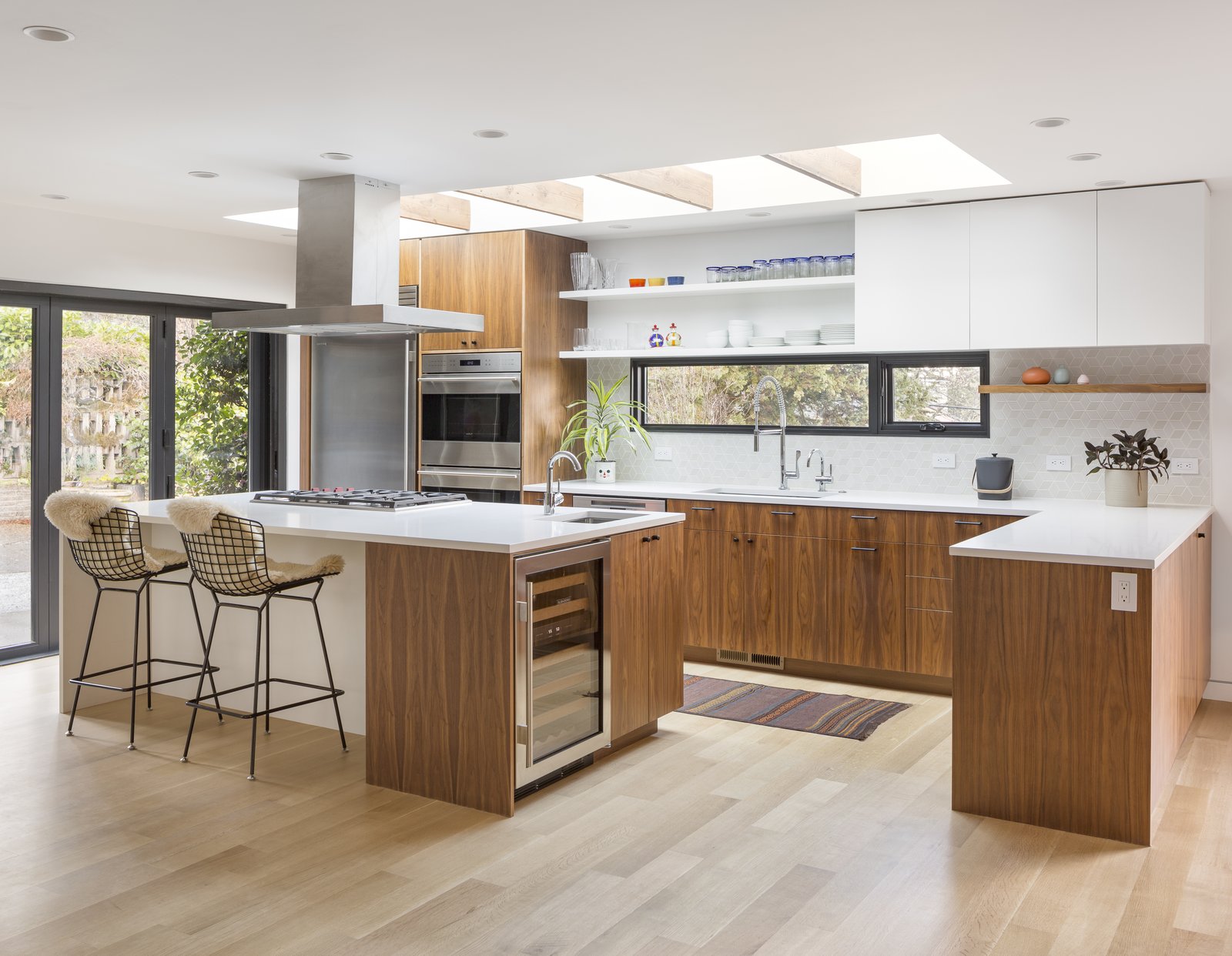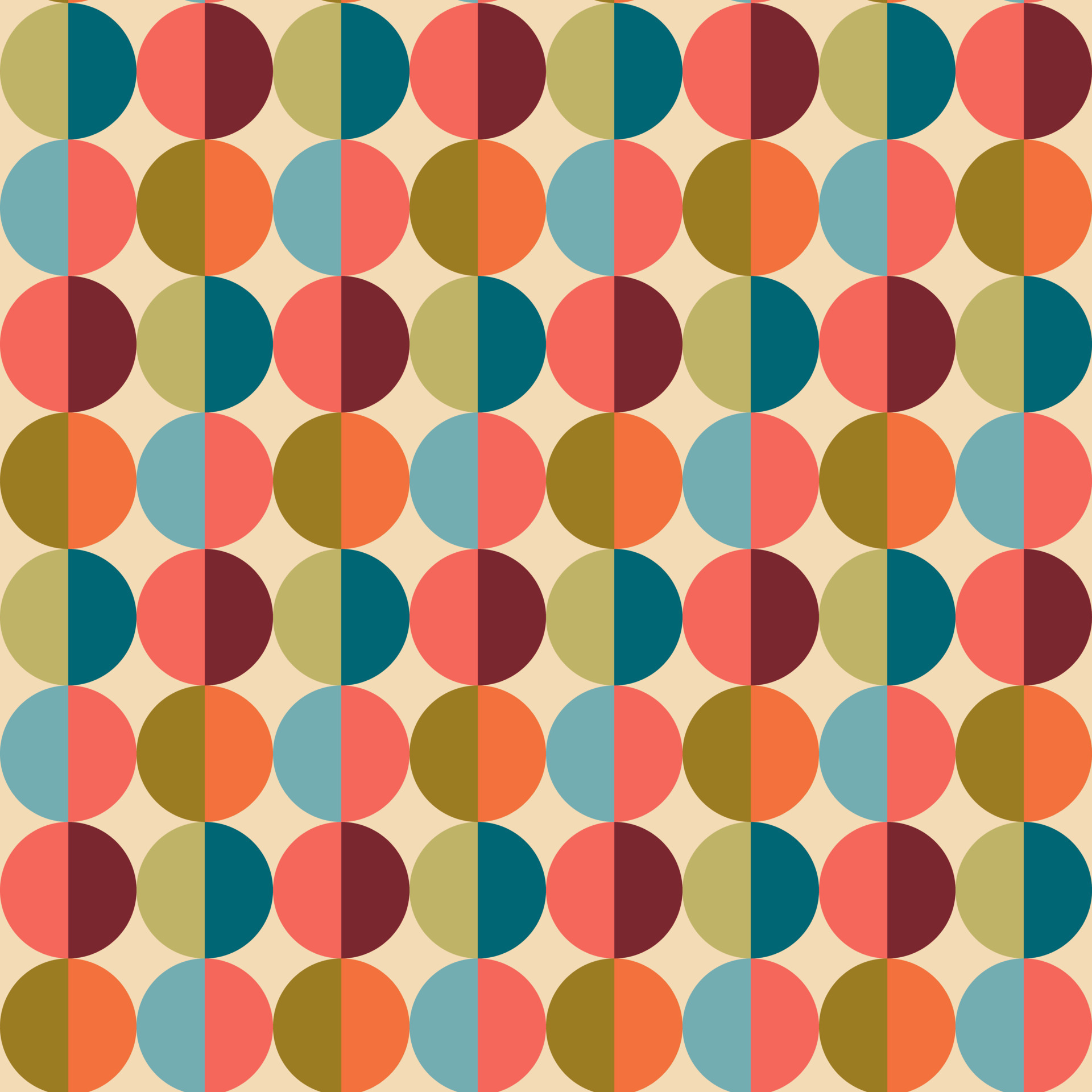The Evolution of Mid-Century Modern Design

Mid-century modern design, a style that emerged in the mid-20th century, has had a profound impact on various aspects of our lives, including office furniture. Its influence can be seen in the sleek lines, functional designs, and use of natural materials that characterize many contemporary offices today. This section delves into the historical context, key design principles, and evolution of mid-century modern office cabinets.
Historical Context and Influence
Mid-century modern design emerged in the post-World War II era, a time of economic prosperity and social change. This period saw a shift in design philosophy, moving away from the ornate and traditional styles of the past towards a more functional and minimalist approach. The need for efficient and affordable housing and furniture for a growing middle class fueled the rise of this new aesthetic.
The influence of mid-century modern design on office furniture was significant. As businesses sought to create modern and efficient workspaces, designers embraced the principles of functionality, simplicity, and affordability. This resulted in the development of office furniture that was not only practical but also aesthetically pleasing.
Key Design Principles of Mid-Century Modern Style, Mid century modern office cabinet
Mid-century modern design is characterized by several key principles:
- Functionality: Mid-century modern design emphasizes the importance of form following function. This means that every element of a design serves a practical purpose, contributing to the overall usability and efficiency of the piece.
- Simplicity: Mid-century modern design prioritizes clean lines, minimal ornamentation, and a focus on essential forms. This aesthetic creates a sense of order and clarity, making spaces feel more open and inviting.
- Organic Forms: Mid-century modern design often incorporates natural elements and organic forms into its designs. This can be seen in the use of curved lines, rounded corners, and materials like wood and leather, which evoke a sense of warmth and connection to nature.
Evolution of Mid-Century Modern Office Cabinets
The evolution of mid-century modern office cabinets from the 1950s to the present day reflects the changing needs and preferences of businesses and individuals.
- 1950s: Early mid-century modern office cabinets were often characterized by simple, geometric designs and the use of materials like wood and metal. They were designed to be functional and efficient, with features like sliding doors, drawers, and adjustable shelves. These cabinets were often used in executive offices and other professional settings.
- 1960s and 1970s: The popularity of mid-century modern design continued to grow in the 1960s and 1970s. During this time, office cabinets became more sophisticated, with features like built-in lighting, concealed hinges, and innovative storage solutions. The use of bold colors and patterns also became more common.
- 1980s and 1990s: The late 20th century saw a shift towards more minimalist and streamlined designs. Office cabinets became more modular and adaptable, allowing for greater flexibility in configuring workspaces. The use of materials like glass and acrylic became more prevalent, reflecting the trend towards lighter and more transparent designs.
- 21st Century: Today, mid-century modern office cabinets continue to evolve, incorporating new technologies and materials. Smart features like built-in charging stations and wireless connectivity are becoming increasingly common. There is also a growing emphasis on sustainability and the use of eco-friendly materials.
Characteristics of Mid-Century Modern Office Cabinets

Mid-century modern office cabinets are more than just storage solutions; they are design statements that embody the spirit of the era. They seamlessly blend functionality with aesthetic appeal, reflecting the key principles of mid-century modern design.
Materials and Construction
Mid-century modern office cabinets are characterized by their use of high-quality materials and innovative construction techniques. These cabinets were designed to be both durable and visually appealing, often incorporating a combination of wood, metal, and glass.
- Wood: Teak, walnut, and mahogany were popular choices for mid-century modern office cabinets. These woods were valued for their natural beauty, durability, and rich grain patterns.
- Metal: Steel and aluminum were frequently used for accents, frames, and hardware, adding a touch of industrial chic to the designs. These materials also contributed to the cabinets’ sturdiness and longevity.
- Glass: Glass was often incorporated into cabinet doors and shelves, allowing for a glimpse of the contents while maintaining a sense of visual lightness. This was particularly common in cabinets designed for displaying books or other decorative items.
- Construction Techniques: Mid-century modern office cabinets often employed innovative construction techniques, such as dovetail joints and mortise and tenon joints. These methods ensured the cabinets’ structural integrity and longevity, while also contributing to their elegant aesthetic.
Design Elements
Mid-century modern office cabinets are instantly recognizable by their distinctive design elements. These elements reflect the era’s emphasis on simplicity, functionality, and geometric forms.
- Tapered Legs: Tapered legs were a hallmark of mid-century modern furniture, adding a sense of lightness and visual interest to the cabinets. They often featured a slender, elegant profile, creating a graceful transition from the cabinet body to the floor.
- Geometric Patterns: Geometric patterns were frequently incorporated into the cabinet designs, reflecting the era’s fascination with abstract art and minimalist aesthetics. These patterns could be found in the cabinet doors, handles, or even the overall shape of the cabinet itself.
- Clean Lines: Mid-century modern office cabinets embraced clean, uncluttered lines, emphasizing simplicity and functionality. This aesthetic was achieved through the use of smooth surfaces, minimal ornamentation, and a focus on essential forms.
- Color Palette: The color palette of mid-century modern office cabinets often featured earthy tones, such as browns, greens, and yellows, combined with accents of bright colors like orange, red, or blue. This combination created a sense of warmth and vibrancy while remaining grounded in the principles of simplicity and elegance.
Mid-Century Modern Office Cabinets in Modern Interiors: Mid Century Modern Office Cabinet

Mid-century modern office cabinets, with their distinctive design and enduring functionality, seamlessly integrate into contemporary office spaces, adding a touch of vintage charm while maintaining a modern aesthetic. Their timeless appeal, functionality, and aesthetic value make them a popular choice for designers and homeowners seeking to create stylish and practical workspaces.
Integrating Mid-Century Modern Office Cabinets into Contemporary Office Spaces
The integration of mid-century modern office cabinets into contemporary office spaces is a testament to their enduring design appeal and functionality. These cabinets, with their clean lines, geometric shapes, and emphasis on natural materials, complement modern office designs characterized by minimalist aesthetics and open floor plans.
- Contrast and Harmony: The contrasting elements of mid-century modern cabinets, such as their wooden construction and brass hardware, create a visual focal point against the backdrop of contemporary office furnishings, adding a touch of vintage charm and warmth to the space.
- Versatility and Adaptability: Mid-century modern cabinets are versatile and adaptable, fitting seamlessly into a range of office layouts, from traditional to contemporary. Their functionality, with features like drawers, shelves, and doors, makes them ideal for storing office supplies, files, and other essential items, while their sleek design adds a touch of sophistication to the workspace.
- Functionality and Aesthetics: Mid-century modern cabinets seamlessly blend functionality and aesthetics, offering practical storage solutions while adding a touch of vintage charm to the modern office. Their distinctive design, characterized by clean lines, geometric shapes, and a focus on natural materials, complements contemporary office designs, creating a harmonious and stylish workspace.
Designing a Modern Office Layout Featuring a Mid-Century Modern Office Cabinet
When designing a modern office layout featuring a mid-century modern office cabinet, several key considerations come into play, including the size, shape, and functionality of the cabinet. The layout should aim to create a balanced and visually appealing workspace that maximizes functionality and aesthetic appeal.
- Size and Shape: The size and shape of the mid-century modern office cabinet should be carefully considered to ensure it complements the overall dimensions of the office space. A smaller cabinet can be used as a side table or desk accessory, while a larger cabinet can serve as a central storage unit or room divider.
- Functionality: The functionality of the mid-century modern office cabinet is crucial. The cabinet should provide adequate storage space for office supplies, files, and other essential items, while also offering easy access to these items. Drawers, shelves, and doors can be used to maximize storage space and organize items efficiently.
- Placement: The placement of the mid-century modern office cabinet should be strategic, taking into account the flow of traffic in the office and the overall aesthetic of the space. Placing the cabinet near a window can create a natural focal point, while positioning it against a wall can create a sense of balance and stability.
Benefits of Using Mid-Century Modern Office Cabinets in Modern Offices
Mid-century modern office cabinets offer several benefits for modern offices, enhancing both functionality and aesthetics. Their timeless appeal, functionality, and aesthetic value make them a popular choice for designers and homeowners seeking to create stylish and practical workspaces.
- Timeless Appeal: Mid-century modern design has endured the test of time, remaining relevant and stylish even decades later. Their enduring appeal stems from their clean lines, geometric shapes, and emphasis on natural materials, which complement both traditional and contemporary office designs.
- Functionality: Mid-century modern office cabinets are designed for both functionality and aesthetics. Their drawers, shelves, and doors provide ample storage space for office supplies, files, and other essential items, while their sleek design adds a touch of sophistication to the workspace.
- Aesthetic Value: Mid-century modern office cabinets possess a unique aesthetic value that adds a touch of vintage charm to modern offices. Their distinctive design, characterized by clean lines, geometric shapes, and a focus on natural materials, complements contemporary office designs, creating a harmonious and stylish workspace.
Mid century modern office cabinet – Mid-century modern office cabinets, with their sleek lines and minimalist design, are a timeless choice for any workspace. They often feature wood and metal accents, creating a sophisticated and functional look. For a more industrial vibe, consider incorporating a world market metal display cabinet into your office decor.
These cabinets, with their open shelves and airy design, add a touch of modern edge while providing ample storage for your office essentials.
A mid-century modern office cabinet can add a touch of sleek sophistication to any workspace. While they’re great for organizing office supplies, sometimes you need a more robust solution, especially if you’re dealing with larger items. For that, you might want to consider the sturdy and durable rousseau metal garage cabinets , which are perfect for storing tools, equipment, or even seasonal decorations.
But for those everyday office essentials, a mid-century modern cabinet will always bring a touch of classic style.
